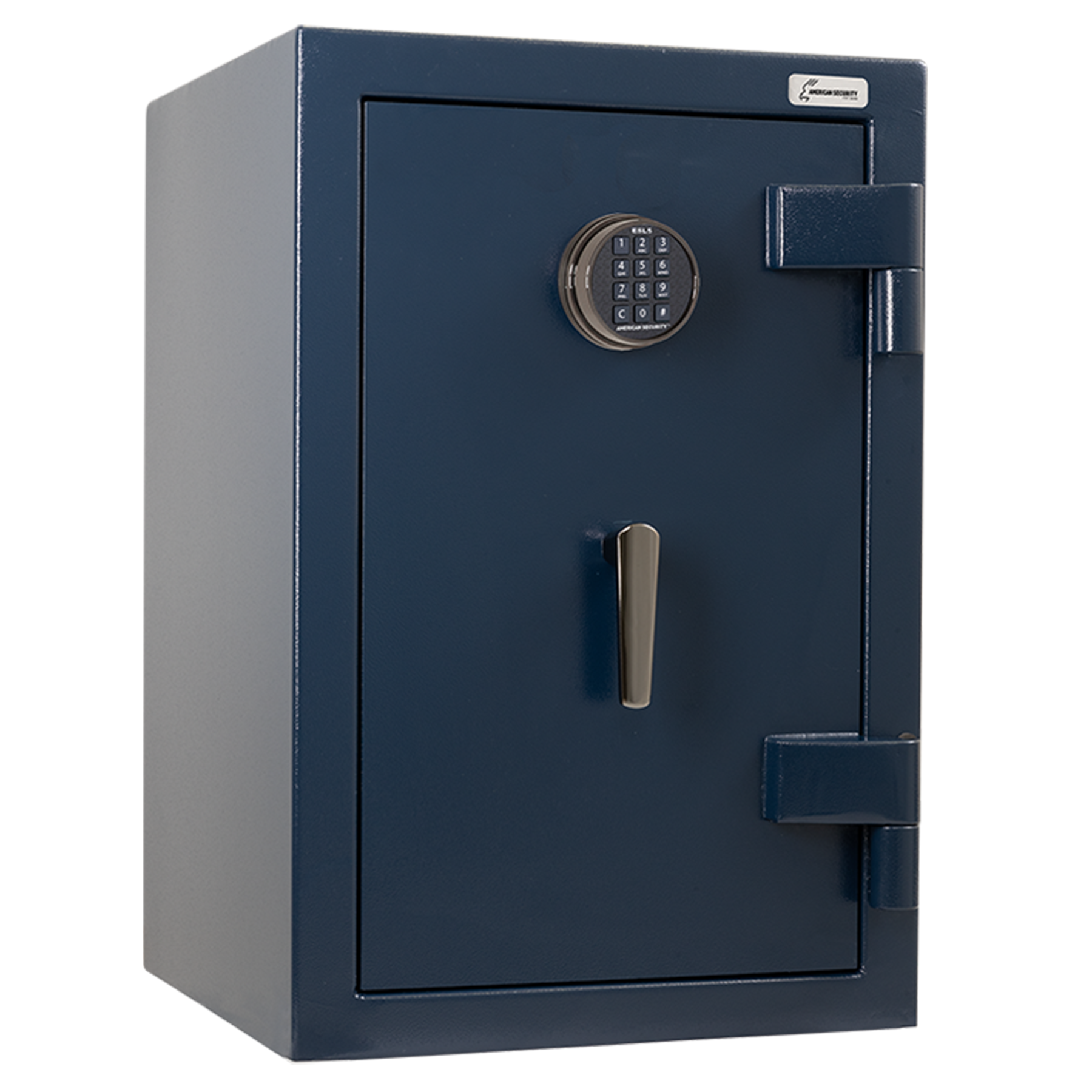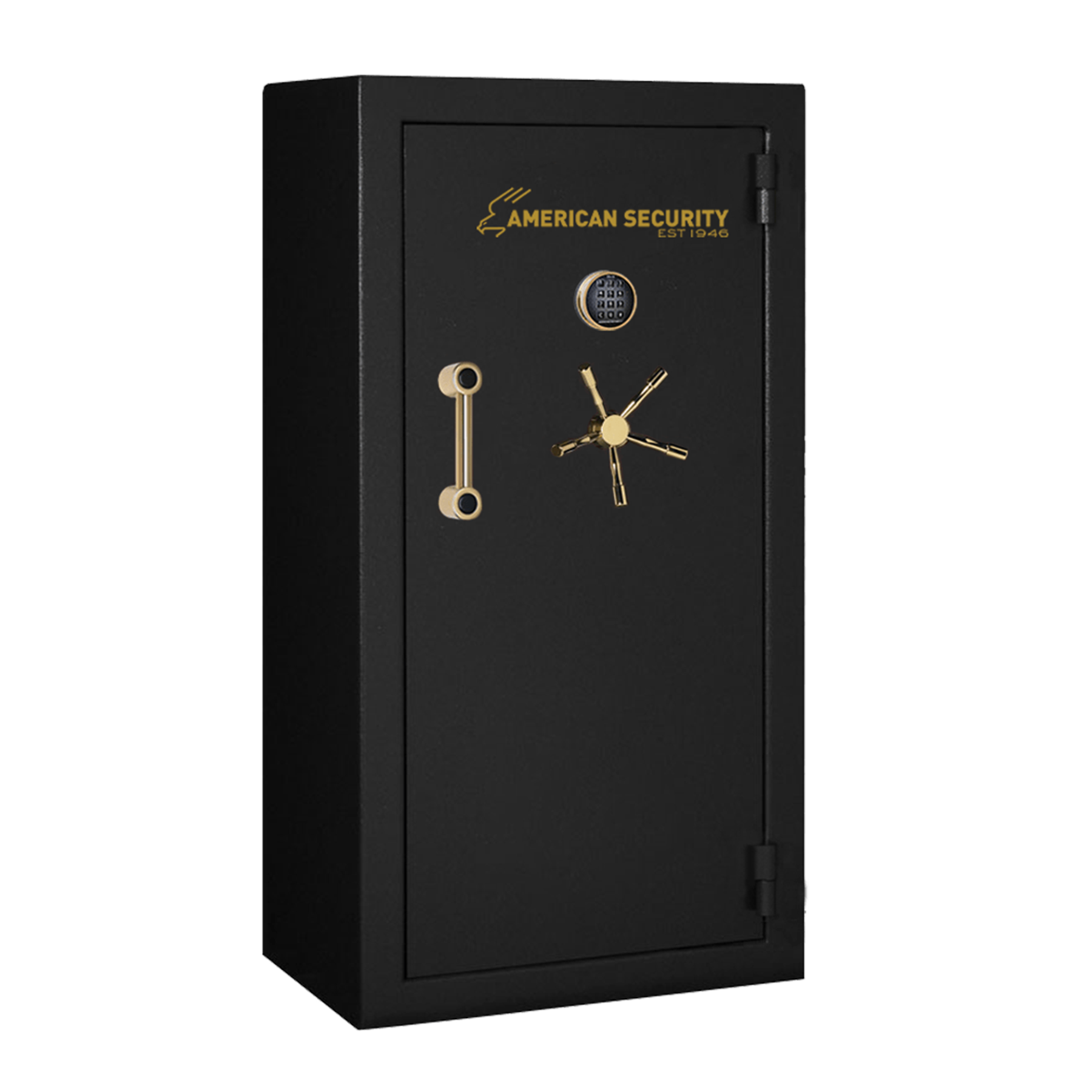Troubleshooting
Having trouble operating your safe? Here are the top few things that make our phone ring...
Low Batteries In Electronic Locks
Batteries in safe locks generally last 1-3 years depending on how frequently the safe is opened and the ambient temperature of the location where the safe is located (cold locations cause batteries to die faster). If you're having trouble with your electronic lock and it's been over a year since the battery was changed this is likely the problem.
Clients often say "my keypad beeps so I know the batteries are good". This is misleading because while the keypad takes very little power to operate and will appear to work okay with a low battery, the actual lock body located inside the door takes much more power to operate and will fail to release reliably when the batteries are on their last legs.
Most good quality electronic safe locks have the batteries located on the back of the keypad/number pad. Sometimes the keypad twists off it's base and sometimes it lifts (slides up) straight up off its mounting screws.
Always use fresh good quality (Duracell or Energizer) batteries. It's also important to use ALKALINE batteries as safe locks will work most reliably with this type of battery.
If you have the option it's always best to OPEN the safe before changing the battery and TEST the safe operation with the door open before closing and locking the safe.
Bolt Binding
Bolt binding is a very common cause of electronic safe locks not releasing properly. Bolt binding occurs when there's an item stored inside the safe (usually on the bottom of the safe or the left side of the safe) that prevents the bolts from fully extending when the safe is locked. This stray item will put back pressure on one (or more) bolts causing the lock to fail to release when entering your code.
If you suspect bolt binding has occurred, the best way to resolve it is to put positive pressure on the handle (turning it firmly towards the closed direction) and holding this pressure on the handle while entering your code and releasing the lock. Often this trick will take just enough pressure off the lock when opening the safe for the lock to release and for you to open the safe and move/remove the item casing the issue.
Safe Door Not Closing
Over time hinges may wear to the point where the safe door is "sagging" and rubbing on the bottom of the opening lip. It takes thousands of openings for the door to get to this point but it's something we see on much older safes, typically ones over 30 years old.
If you have a newer safe and the door won't close and you hear a metal on metal sound your locking bolts may just have inadvertently been thrown (extended) while the door was open. If the door is open and the bolts are sticking out of the safe door just enter your code, draw the bolts back inside the door by turning the handle and then close the door.
We also often see items inside the safe (usually deeper items sitting on a shelf) preventing the door from closing. If you see an item inside the safe that sticks out past the edge of the interior shelves the door is likely hitting this item when you close the door, preventing the door from closing all the way.
Manual Combination Locks
Most manual combination locks (old school dial locks) operate using the following dialing pattern....
4X CCW (Left) to the 1st number
3X CW (Right) to the 2nd number
2X CCW (Left) to the 3rd number
CW to retract bolt and unlock
When opening dial locks it's very important to follow the precise dialing sequence as the lock will not open if the dial is spun too many or too few times. Always start by turning the dial at least 4 times CCW for a lock with 3 numbers in the combination.
Still need help? Please contact us and we'll be glad to assist.



